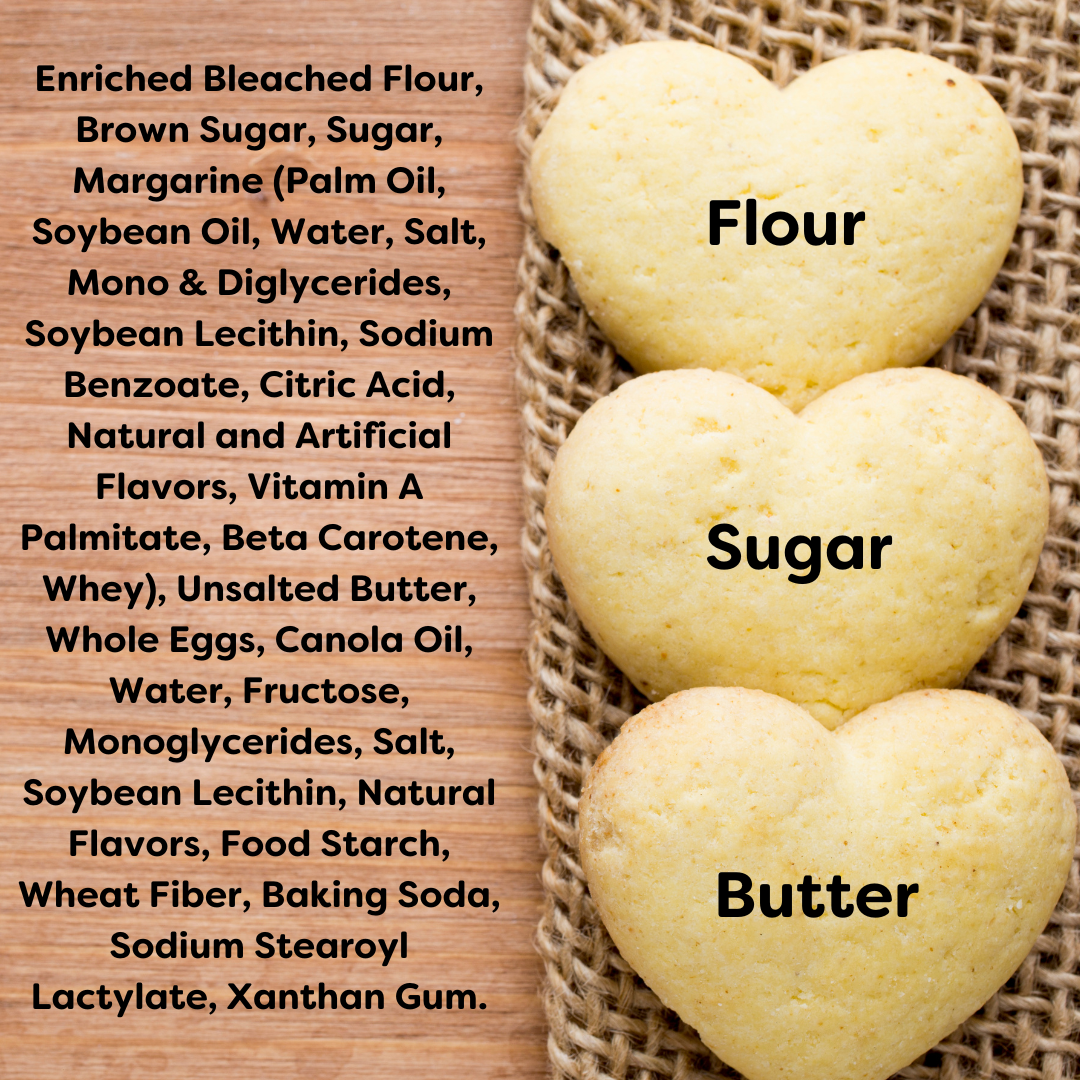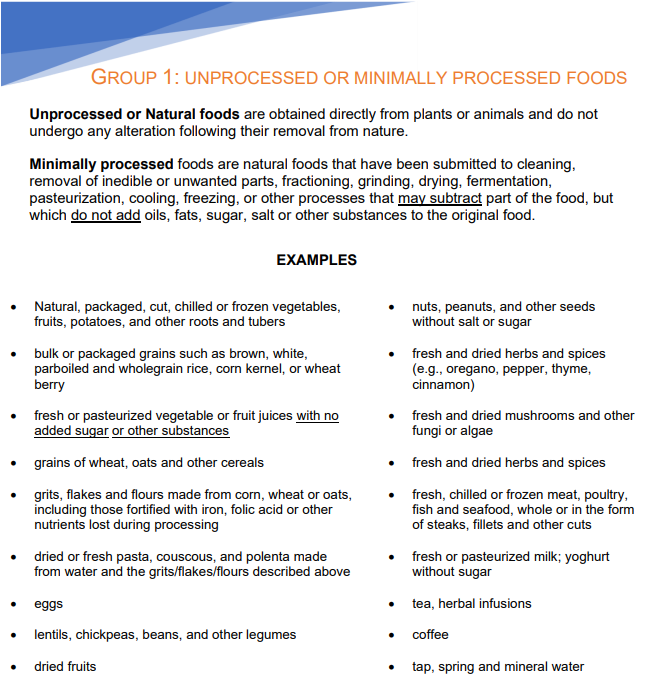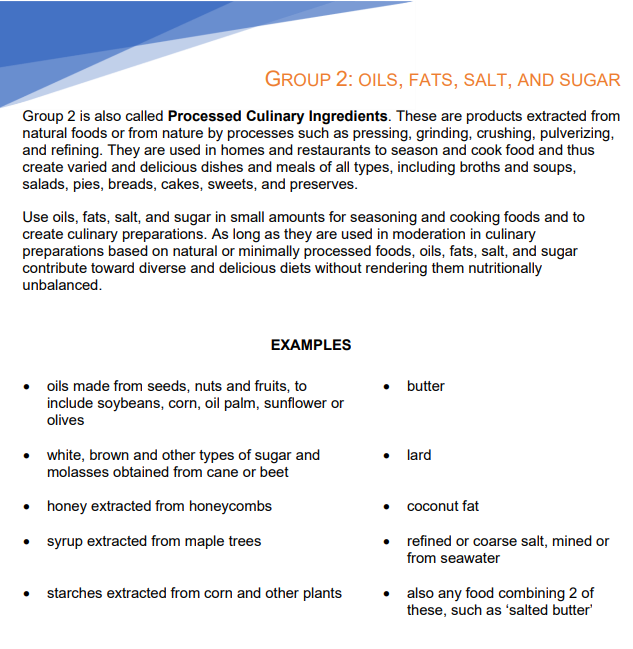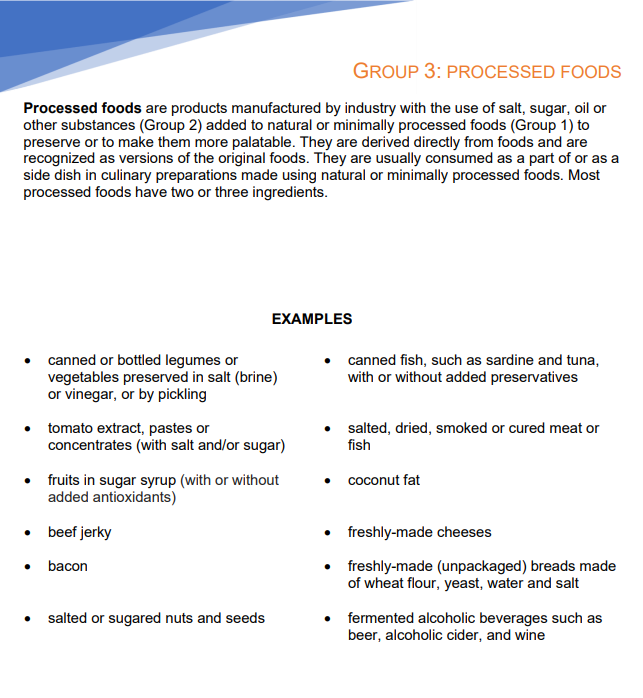Don't Trust The Process
‘Metabolic Syndrome’ is probably not a term many of you will be familiar with! But, many chronic conditions, including heart disease, type 2 diabetes, high blood pressure and even cancer and dementia, are rooted in poor metabolic health. In fact, according to the the NHS website:
‘Approximately 1 in 3 adults over 50 in the UK suffer from Metabolic Syndrome; the medical term for a combination of diabetes, high blood pressure (hypertension) and obesity. Any one of these conditions can damage your blood vessels, but having all 3 together is particularly dangerous.’
In the simplest terms, the word ‘metabolism’ relates to the way our cellular mechanisms use energy from our food to operate all our bodily processes. Metabolic health is best understood as the state of balance the body maintains between storing food as fat and burning it for energy. When this balance is disrupted, health is adversely affected.
Metabolic health is measured using 5 markers:
Blood glucose levels
Blood pressure
Waist circumference
Cholesterol profile (which is determined by the body’s levels of triglycerides - a type of fat found in the blood)
High-density lipoprotein (HDL), a beneficial cholesterol-carrying molecule commonly found in oily fish).
Is your diet putting you at risk from Metabolic Syndrome?
According to the most recent Lancet study, there are several specific dietary factors which contribute - either through excessive or inadequate food intake - to chronic metabolic disease. A poor diet is best described as not getting enough of all the nutrients necessary for good health. Eating the wrong foods, over time, will therefore make you unwell.
The major dietary culprits are familiar to most of us. Excessive salt, too few fresh fruit and vegetables, inadequate intake of nuts and seeds, not enough omega-3 fats, insufficient fibre, too much sugar and a high intake of red meat.
However, new research has now directly linked this type of poor diet to our consumption of ultra-processed food (UPF) and drink. Of concern, this has now displaced the consumption of whole nutritious food as the norm for many people in the Western world, making up more than a staggering 50% of calories consumed on average in the UK (80% for children).
It is important to remember that this applies even if you look outwardly healthy. Being overweight is certainly a visible indicator of a possible metabolic issue, but someone who is not overweight can still accumulate fat around their internal organs and have clogged arteries, high cholesterol and raised blood pressure.
Ultra-processed food (UPF) has only been categorised as an actual food group since 2014. This was a result of research in Brazil, looking at health and mortality rates within their country.
UPF food and drink is defined as an industrialised formulation of 5 or more ingredients, which usually contains sugar, unhealthy oils and salt, but is lacking fibre, vitamins and minerals. Examples of typical UPF products include carbonated drinks, ice cream and confectionery, mass-produced, packaged bread and baked goods, margarine and ‘imitation butter’ spreads, breakfast cereals, sweetened yoghurts, health/slimming products and many ready meals.
The image below, showing a comparison of ingredients in ultra-processed and home-made biscuits, for instance, makes for sobering reading…
What does this mean for your overall health?
Writing in his book Spoon-Fed, Dr Tim Spector, professor of genetic epidemiology at King’s College says:
“The ultra-processed nature of modern food generally means that the complex structure of the plant and animal cells are destroyed, turning it into a nutritionally empty mush that our bodies process abnormally rapidly.”
In addition, his colleague Dr Sarah Berry, a nutrition expert in the area of cardio-metabolic health says:
“There is very clear observational data showing that people who have higher intakes of ultra-processed foods have higher levels of ill-health, whether it be cancer, cardiovascular disease, high blood pressure, obesity or type 2 diabetes.”
Despite all the medical advances of recent years, from 2010 life expectancy has stopped increasing for the first time since the mid-19th century. Last year, the British Heart Foundation revealed that, for the first time in 50 years, there has been an increase in the death rate from cardiovascular disease in the under 75s.
History has revealed that the largest determinants of health and longevity now have less to do with what happens within the walls of hospitals and more to do with what is going on in our own homes. The good news is that, if you are concerned that your diet may be over-reliant on ultra-processed foods, there is a lot you can do to redress the balance.
Understandably, with the vast array of food available to buy these days, it can be very difficult for us to feel confident in making the right choices for ourselves and our families. Packaging that proudly states ‘sugar free’, ‘low fat’ or ‘no artificial preservatives’, does not necessarily mean it will be good for you.
Eliminating the confusion
Happily, help is at hand with a guide known as the ‘NOVA Classification System’. This system groups all foods according to the nature, extent, and purpose of the industrial processes they have undergone. These involve physical, biological, and chemical techniques used after foods are separated from nature and before they are consumed or made into dishes and meals.
This widely used system separates foods into 4 categories, based on their level of processing. Almost all foods, aside from fresh fruit and raw vegetables, undergo some degree of process. Not all of these are bad for you. Cooking is a process, and it usually involves added ingredients such as oil and salt. Below are the 4 groups in tabulated form (provided by educhange.com) to give you a clearer idea of the food contained within each category. In terms of your metabolic health, you need to pay attention to the foods in Group 4.
The Good Stuff!
Aim to make these foods the basis of your diet.
For instance:
Porridge and fresh fruit for breakfast
Omelette for lunch
Pasta with a sauce of fresh tomatoes and dried herbs for dinner. Add meat, poultry or fish if desired.
Added extras
These are the ingredients we use at home to cook and flavour our food.
These are fine to use but remember that moderation is key.
For instance:
Salt is ok to use but excessive amounts are bad for you. Consider using herbs and spices to make foods more interesting instead.
If the majority of your diet consists of foods from Group 1 and 2, well done! You are bucking the trend! If you read on and find that you are also eating foods from Group 3, don’t panic! Most of us are…
1 plus 2 makes 3
Although ‘processed’, these foods are really just a combination of things from Groups 1 and 2. They are fine as part of a balanced diet but should not make up your entire consumption
For instance:
You can’t live on a diet of bacon sandwiches and beer, but it makes a lovely treat once in a while!
Stuff to avoid!
If this is what you are living on, you are heading for trouble. Try eliminating things gradually and find alternatives where possible.
For instance:
Shop-bought biscuits are typically ultra-processed with a long list of additives and preservatives. But you can bake your own, made entirely with ingredients from Groups 1 and 2. Just remember that these should be still eaten as a treat and not to excess, due to their high calorie content.
If you are interested in reading the full report from the United Nations on ‘Ultra-processed foods, diet quality, and health using the NOVA classification system’, you can follow the link provided at the end of this article.
You may also like to listen to a BBC podcast entitled ‘A Thorough Examination.’ It comprises 7, thirty-minute episodes where brothers Dr Chris and Dr Xand van Tulleken present their experiences of UPF and the dire health consequences for one of them, in terms of their health, relationship(s) and mental state. It is a sobering and thought-provoking series. Patients of mine who have already listened to it have reported back about the positive changes they have consequently made. Again, there is a link at the end of this article.
The road back to good health and the avoidance of metabolic syndrome is well discussed in these programmes but understandably, it can be difficult for some people to make a positive change. The cost of living also has an impact on family budgets, which can make it harder to choose the healthy options when shopping. Just remember; something is always better than nothing. Do what you can, make changes gradually, if that helps and focus on the benefits you can achieve.
Research shows that adopting a low UPF diet can have major positive consequences for your immunity, health and general well-being and, therefore, your ability to fight infection. With Winter fast approaching, we will all be coming into contact with more cold, flu and covid infections. So, now is the perfect time to take action. I would be very interested to hear what changes you notice if you adopt a low or UPF free diet.
I will leave you with this final thought:
“The more you try to make something imitate something that it is not, the more processing it is going to have to go through.”
As always, take care of yourselves and look after your health -
Michael
Useful Links
United Nations Report Ultra-processed foods, diet quality, and health using the NOVA classification system:
BBC Podcast A Thorough Examination: https://www.bbc.co.uk/programmes/m0017tcz
Here is a link to calculate your waist circumference to see if you are in the healthy or unhealthy group. Waist circumference has more relevance to fat deposition around the abdomen than by used the Body Mass Index (BMI) method: extras.bhf





